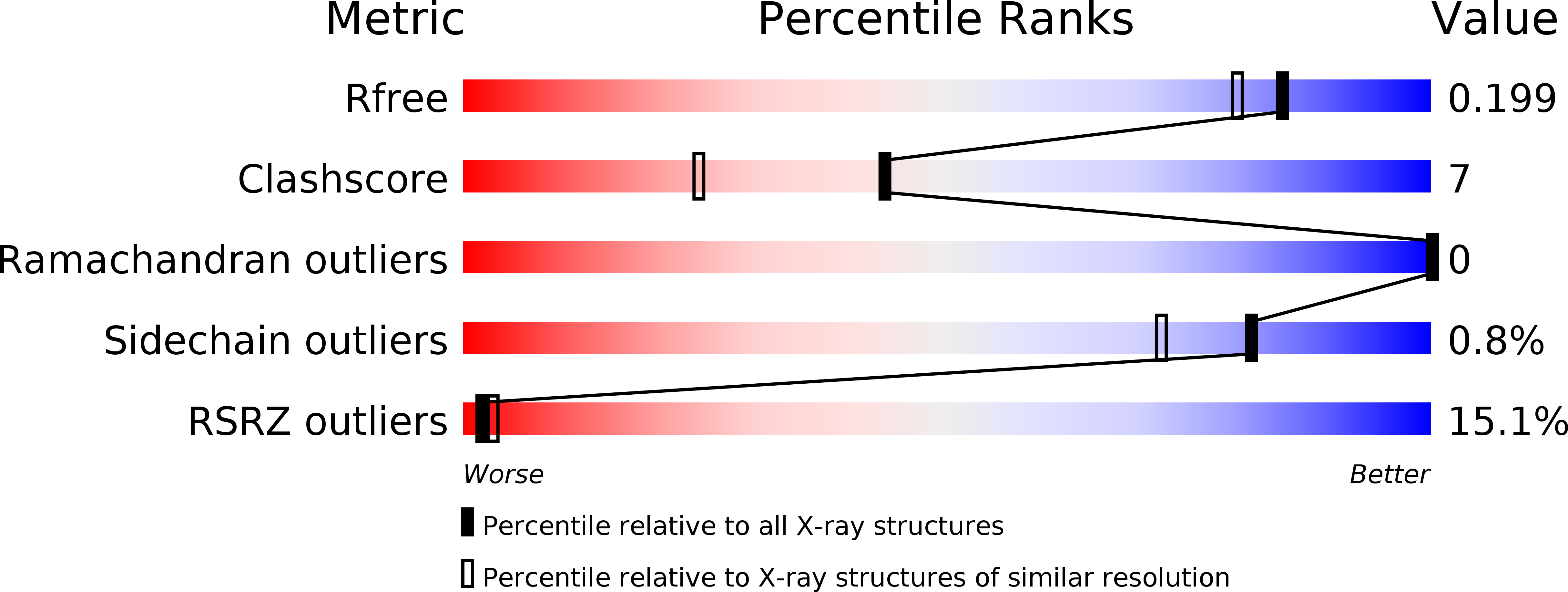
Deposition Date
2011-03-21
Release Date
2011-05-11
Last Version Date
2023-09-13
Entry Detail
PDB ID:
3R6J
Keywords:
Title:
Crystal Structure of the Capsid P Domain from Norwalk Virus Strain Hiroshima/1999
Biological Source:
Source Organism:
Norwalk-like virus (Taxon ID: 95340)
Host Organism:
Method Details:
Experimental Method:
Resolution:
1.75 Å
R-Value Free:
0.20
R-Value Work:
0.18
R-Value Observed:
0.18
Space Group:
C 2 2 21


